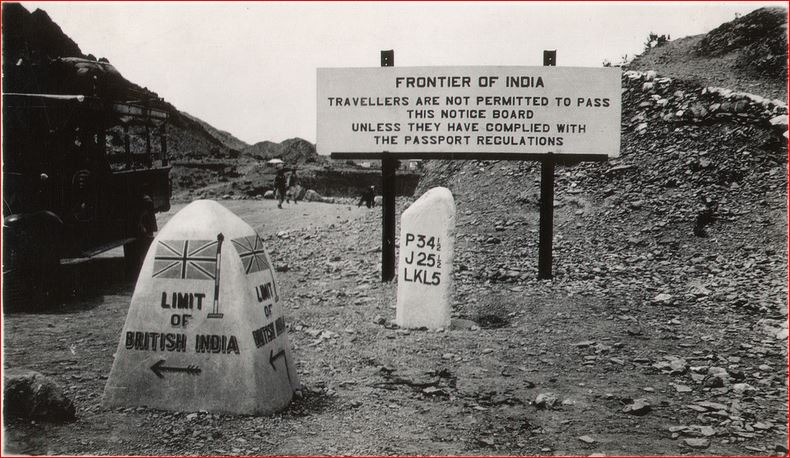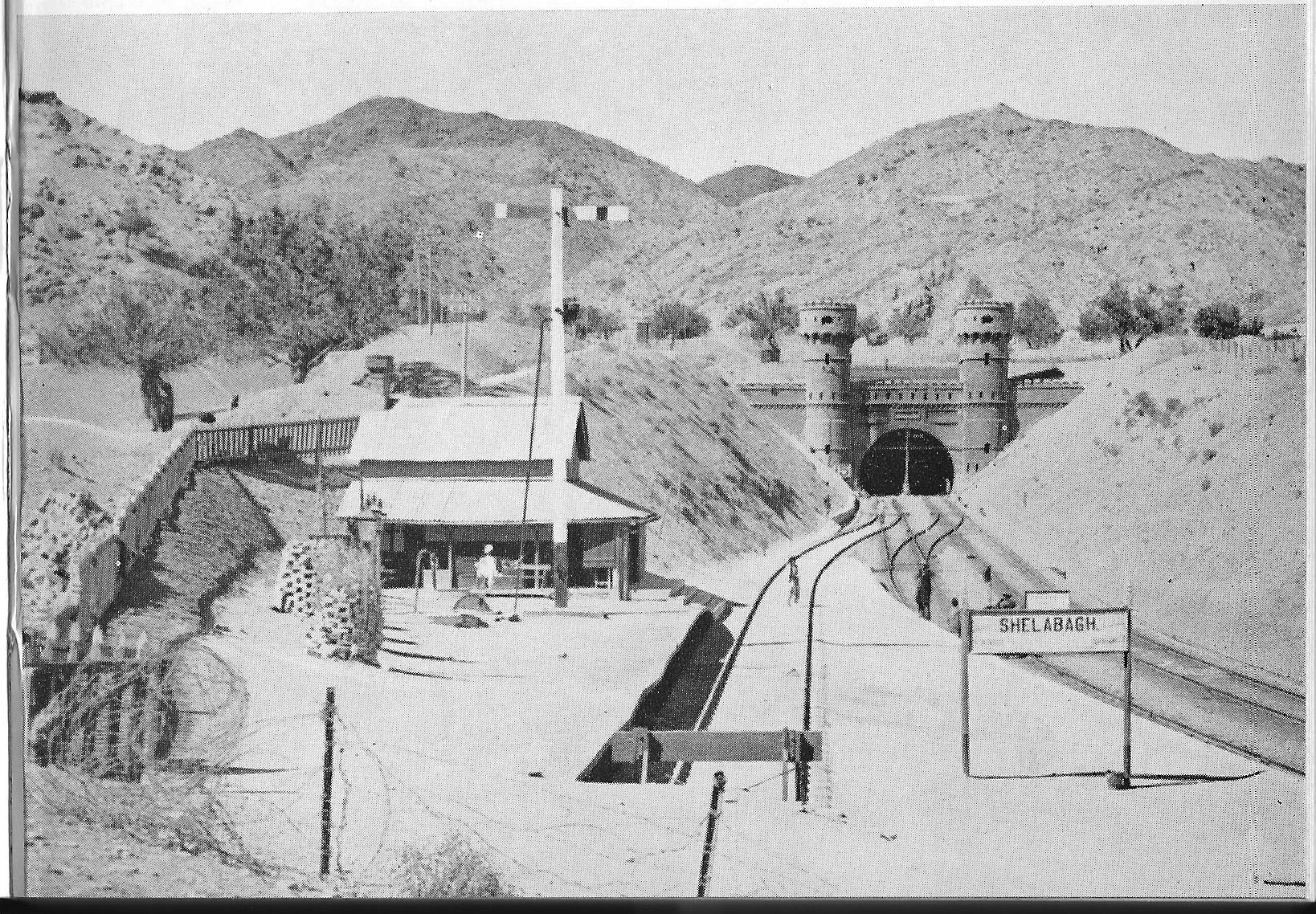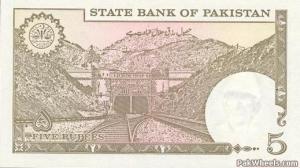The list of long railway tunnels in India have undergone frequent changes in recent years. Fortunately the Wikipedia article seems to have been kept up to date:
https://en.wikipedia.org/wiki/List_of_rail_tunnels_in_India_by_length
In undivided India the 3.92 km long Khojak tunnel in Baluchistan had been opened in 1892; for more details see :
This was in fact the longest rail tunnel in South Asia until the Konkan Railway opened in the late 1990s. As you can see from the above list, the majority of the long tunnels are on the Konkan route. The longest is the Karbude tunnel at 6.5 km.
Some other longer tunnels opened in recent years the Sangar tunnel (2.4 km) on the Jammu-Udhampur section and the slightly longer Khowai tunnel on the Karimganj-Agartala section which was recently converted from MG to BG. Other examples in the North-East included some old and new ones on the Lumding-Badarpur section, and some yet to come up in Manipur. One tunnel of 1.9 km length on the existing Lumding-Badarpur metre gauge alignment has been abandoned, although a longer one on 3.2 km has come up on the new BG alignment.
There are some older and shorter tunnels on the trunk lines, notably at Monkey Hill, Parsik, Saranda and Gurpa.
However, the longest tunnel on IR is the 11.2 km long Pir Panjal tunnel between Banihal and Qazigund which provides a link between Jammu and Srinagar. More details can be seen here:
https://en.wikipedia.org/wiki/Pir_Panjal_Railway_Tunnel
Opened in 2013, it will be part of the main route into the Kashmir valley once the problem-ridden section between Katra and Banihal is completed in the next few years. At the moment it serves a number of DMU passenger trains between Banihal and Baramulla (though some run only upto Budgam just north of Srinagar). These trains seem to be popular with the local people at the Banihal end as they save a lot of time and distance compared to the road route between Banihal and Qazigund. And the rail route is far less likely to be disrupted by snow than the road route.
It is likely to be the longest rail tunnel in India for a long time to come. There is expected to be a 8-km long tunnel on the uncompleted Katra-Banihal section which would take over the second spot from the Karbude tunnel. It will still exceed the two long road tunnels under construction at the Rohtang Pass and Patnitop, although the latter would also result in a considerable saving in distance on the Udhampur-Banihal road route.












